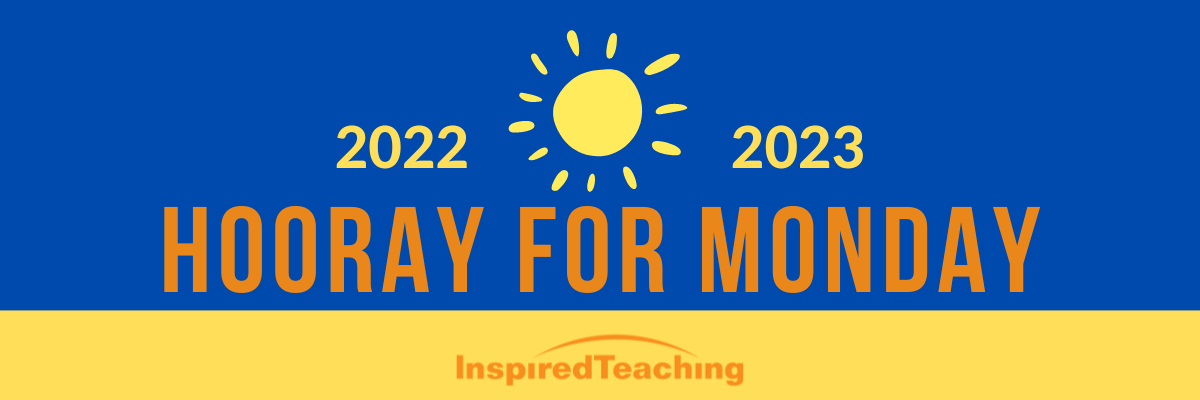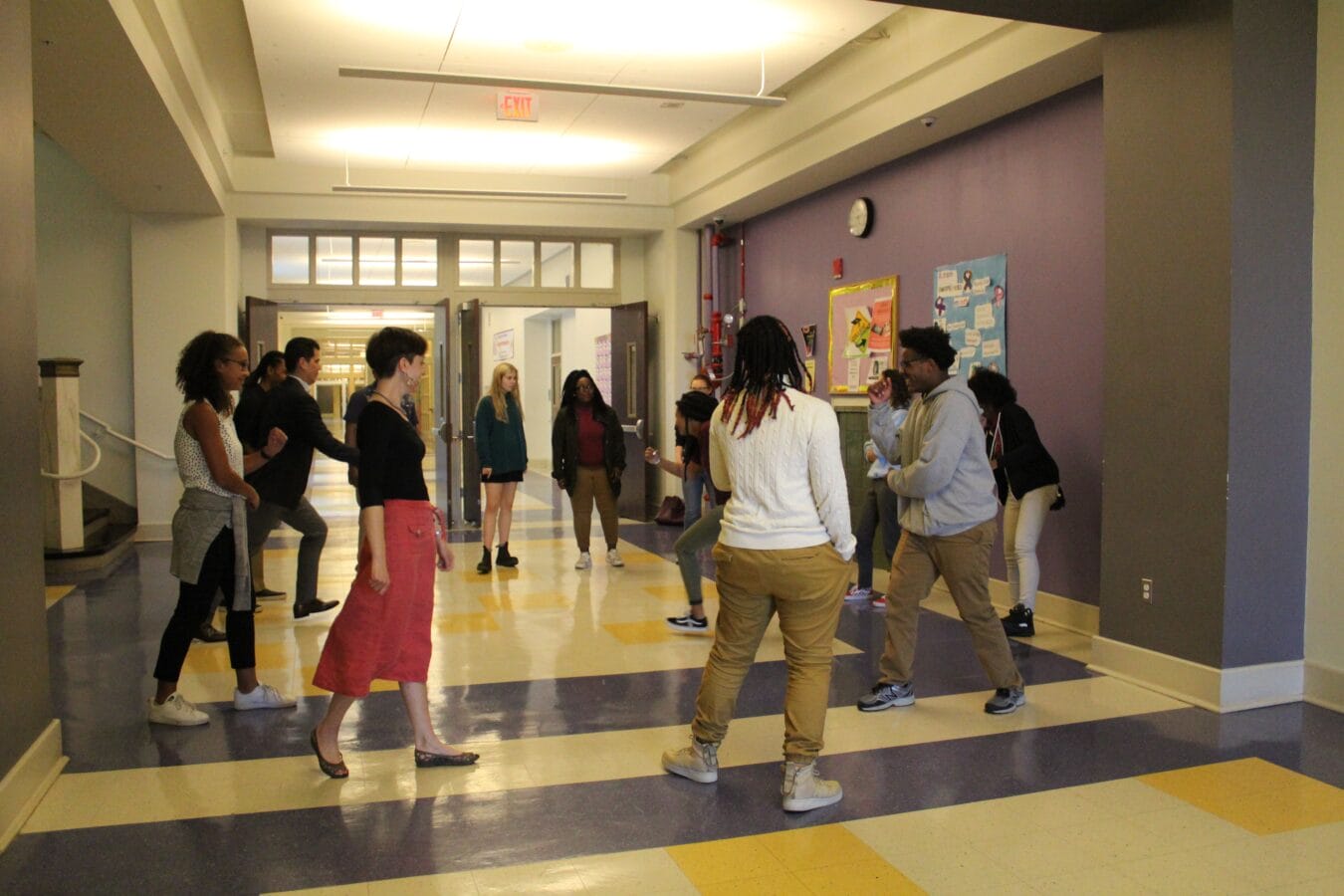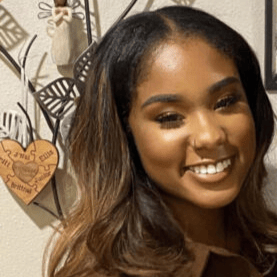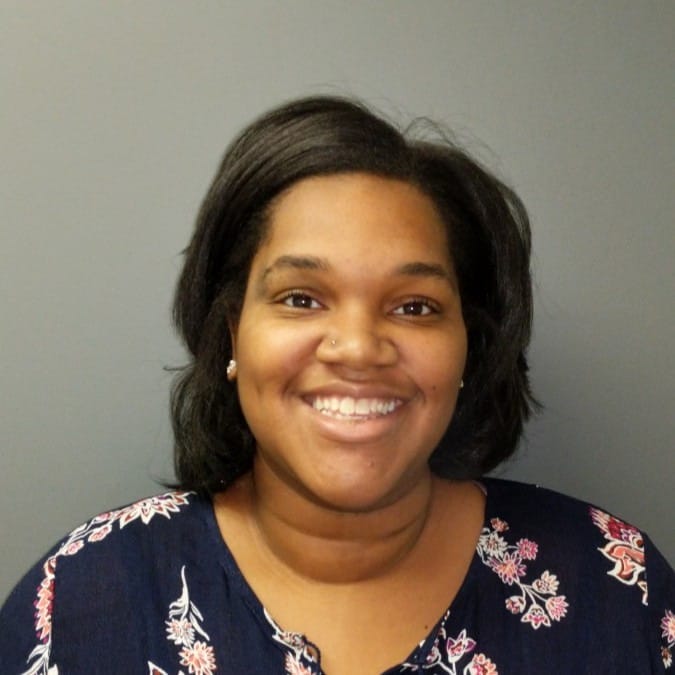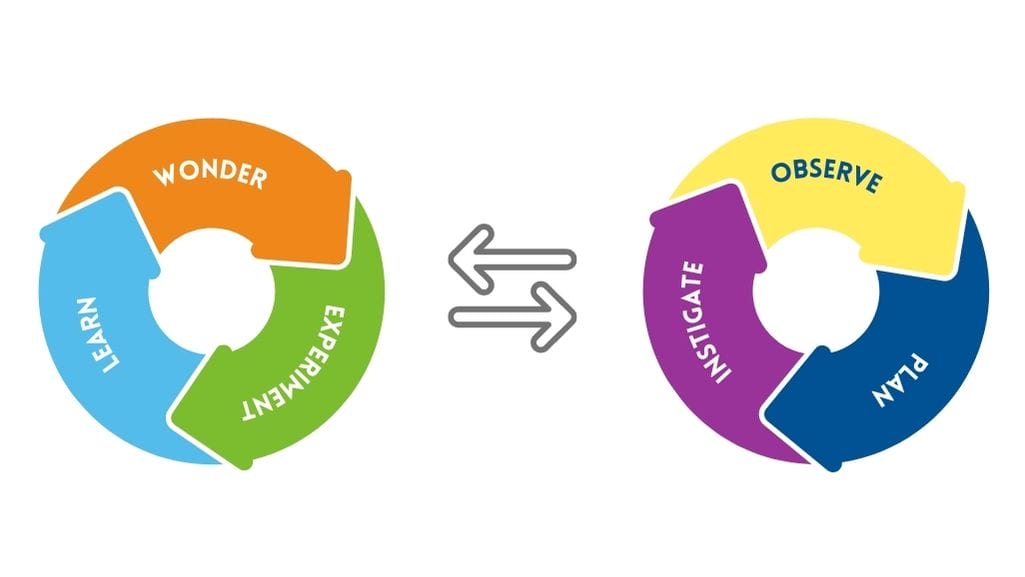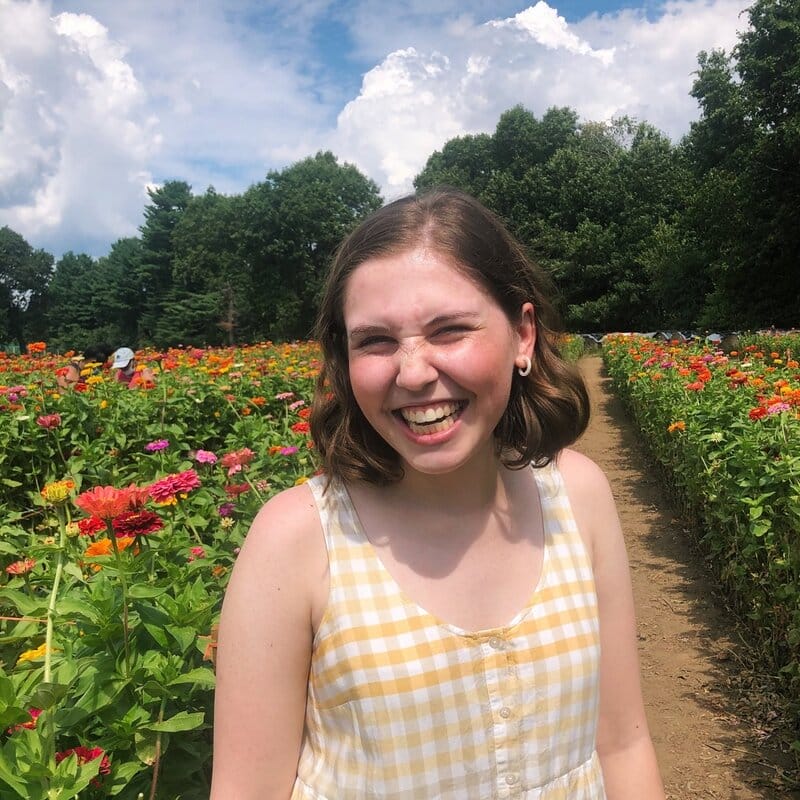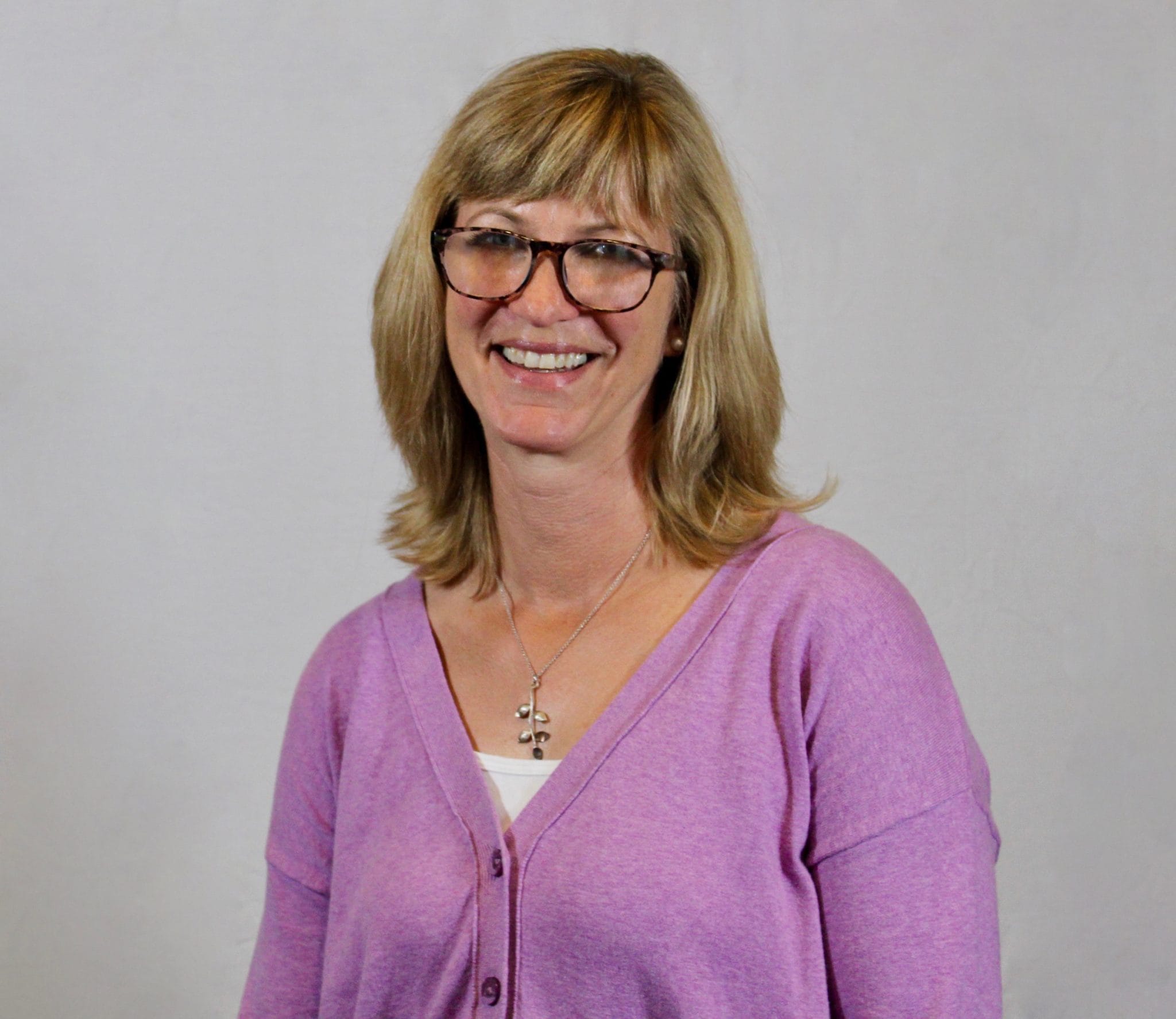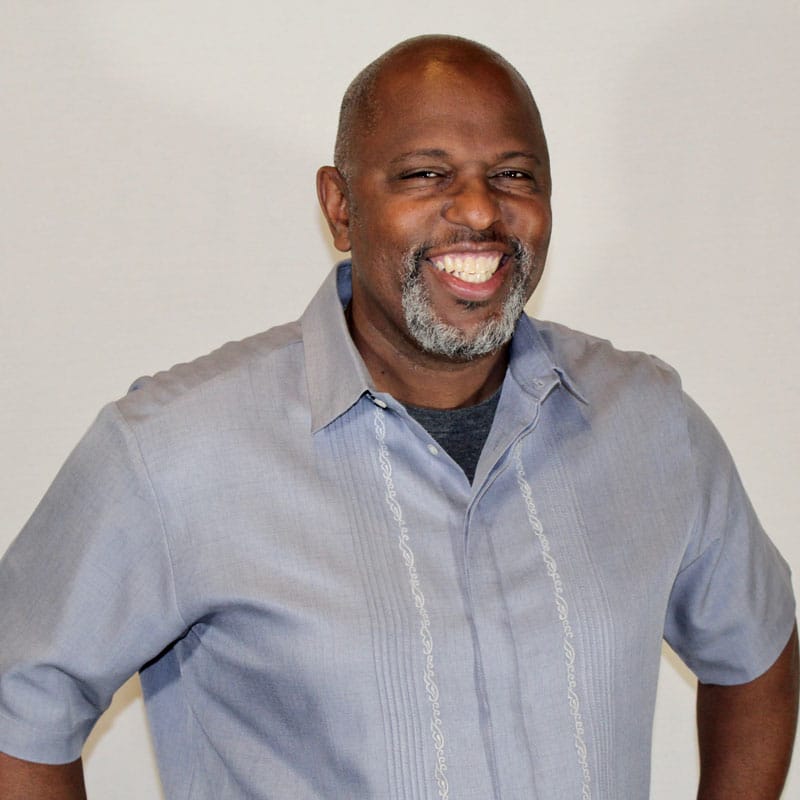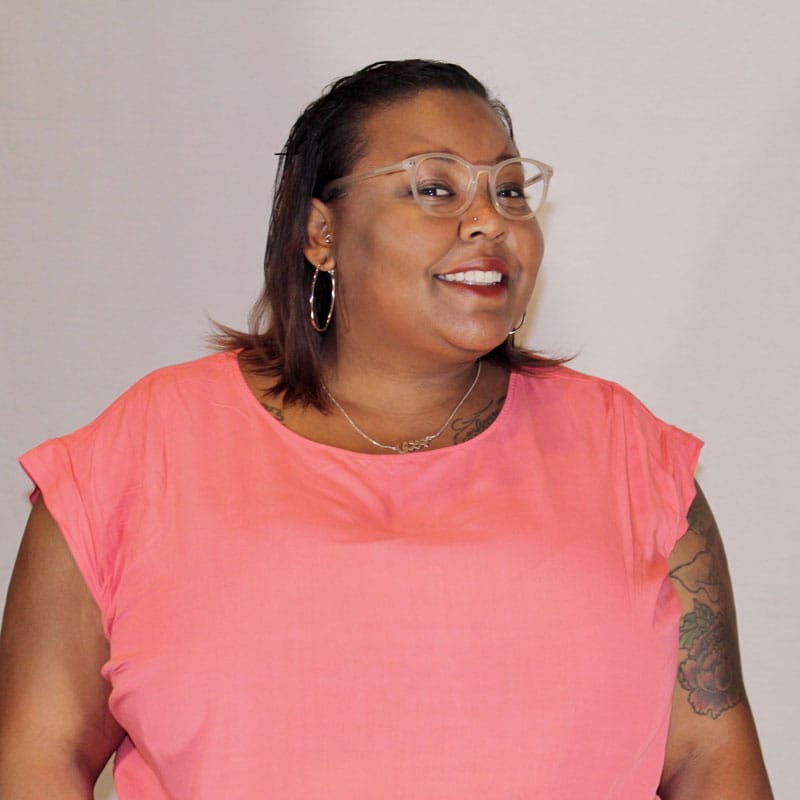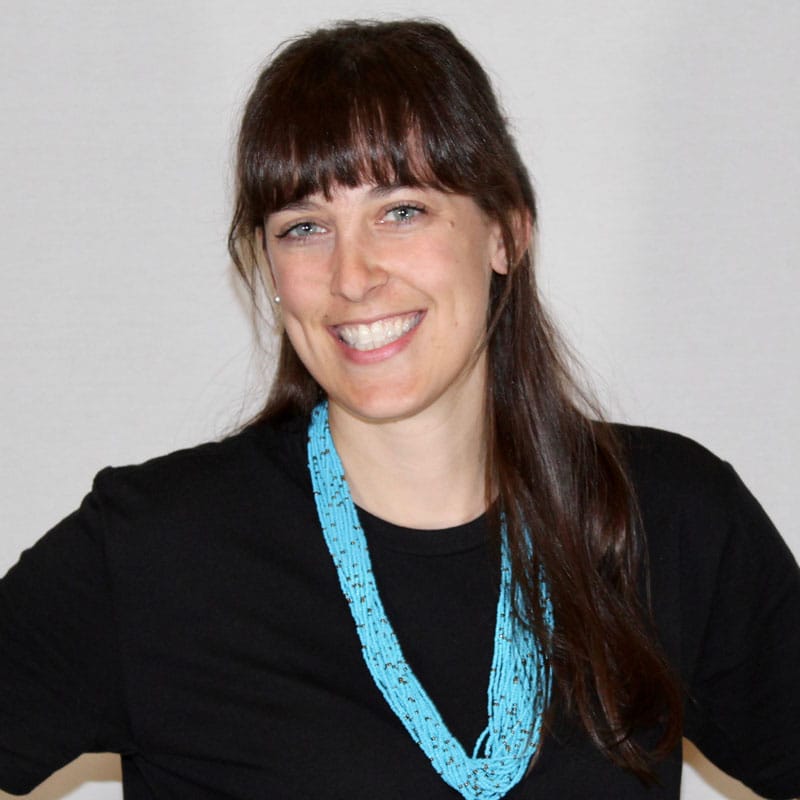August 29, 2022
By Aleta Margolis, Founder and President, Center for Inspired Teaching
Hooray for Monday is a weekly blog filled with questions, ideas, reflections, and actions we can all take to remodel the school experience for students.
You can now listen to Hooray for Monday on Spotify! Check out our podcast here.
A friend’s son just started high school. After his first day of school, his mom, who is an educator, asked him what kind of community-building activities he’d done with his classmates. (Like most high schools, his school brings together students from a variety of middle schools, so there are lots of kids who are meeting for the first time.)
His answer was simple. “We didn’t do that kind of thing. We’re there for the academics, not to get to know each other.” Unfortunately, his experience is not unique. While many teachers do devote time to building relationships with students, the practice is far from the norm. Especially in the upper grades, the pressure on teachers is mounting to get to “real teaching” right away. (My friend reported that after this first week of school, her dining room table is already covered with worksheets.) In this environment, getting to know the students you’re teaching, and encouraging them to know one another can seem like a luxury we can’t afford.
But showing your students you are teaching them, as well as the curriculum, has critically important benefits. Research shows if young people know each other, and if their teacher knows them, they do better – academically, socially, and emotionally. Common sense shows this too. Investing time in building a learning community can help combat the rising mental health challenges among young people. And it can make teachers happier and more productive too.
Building a learning community and teaching content are not mutually exclusive. We can (and should!) teach content and teach people at the same time. Below you’ll find several strategies for doing just that with students of any age.
Community building isn’t just for young children, and it isn’t a luxury. All types of communities – schools, corporations, spiritual communities, neighborhoods – grow stronger and perform better when attention is paid to the needs of their members.
Investing in a school community is one of the best ways to let students know they matter, they are seen, and they are starting the school year in a place that wants them to thrive.
4 Ways to Build Community and Teach Content at the Same Time

Look at your curriculum, at the content you’ll be teaching in the coming week, and consider this question: “How might I teach this topic in a way that enables students to learn about one another?” This simple question brings a “Yes! And…” approach to your instruction. Community building is ALWAYS worth the time it takes. If you invest energy in doing this upfront, not only will it get your year off to a better start, it just might establish a habit that will continue for the whole year.
Here are a few ways to make that happen:
Content-Themed Personal Shares
Divide the class in half, or thirds, or fourths, or sixteenths. Have each group/fraction of the class discuss…their goals for the coming year; an item in the news that has affected them personally; a book they’ve started but haven’t finished…and then share findings with the whole group. (The prompt you use will be specific to your subject area; these examples touch on math, literature, civics, and more…)
Student-Led Surveys
Create a survey (or invite your students to create one) inquiring how each student feels about the start of the school year. Calculate the findings and determine what percentage of the class is excited; what percentage is eager; reticent; worried; curious; etc. Go further and create an Emotion Continuum with your students. (An activity like this builds vocabulary, explores statistics, involves writing, and teaches data collection.)
Getting-to-Know-You Inquiries
Invite students to write five things they want their classmates to know about them and five things they want to know about their classmates. Have students trade papers, then read and answer the questions. Challenge your class to do the exchange portion in silence so they practice using the written word to communicate. Then invite each student to introduce their peer to the class as a way to practice public speaking and synthesis of what they’ve read. (This can be a meaningful activity in any class, but ties closely to the writing, speaking, and listening skills of ELA, or the inquiry and sourcing that might play into your history curriculum.)
Classroom Geography Interviews
Invite each student to interview a family member and learn where their ancestors lived – in the US and/or before coming to the US. Have students write up their findings, and map the places their family members have lived. (This activity builds writing, geography, and interviewing skills.)
Research In Support of Relationship Building
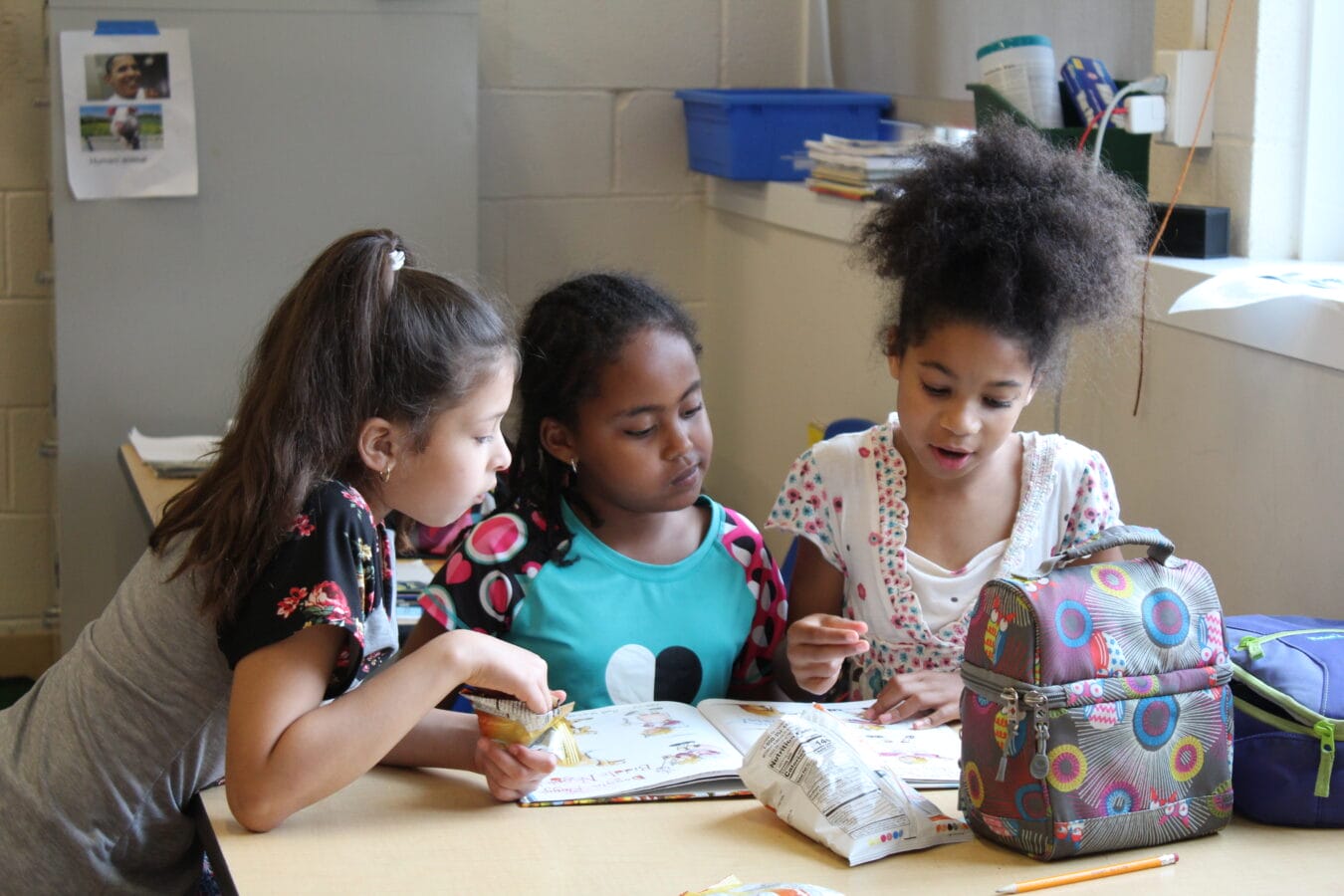
If you’re getting questions about why you’re spending time on community building in your classroom, these articles and the research they cite may be useful to share.
-
Why Teacher-Student Relationships Matter, EdWeek (2019)
“A Review of Educational Research analysis of 46 studies found that strong teacher-student relationships were associated in both the short- and long-term with improvements on practically every measure schools care about: higher student academic engagement, attendance, grades, fewer disruptive behaviors and suspensions, and lower school dropout rates. Those effects were strong even after controlling for differences in students’ individual, family, and school backgrounds.” -
Teacher and Student Relationships: The Power of Trust Trauma Learning Policy Initiative (2020)
“When teacher-student relationships are strong, improvements are seen in key areas, such as student academic engagement, attendance, grades, disciplinary actions, and school dropout rates.” -
Friendships in Middle School: Influences on Motivation and School Adjustment, Journal of Educational Psychology (2004)
“6th-grade students without friends showed lower levels of prosocial behavior, academic achievement, and emotional distress than did students with reciprocated friendships.” -
To What Extent Do Teacher-Student Interaction Quality and Student Gender Contribute to Fifth Graders’ Engagement in Mathematics Learning? Journal of Educational Psychology (2015)
“Students in classrooms with higher emotional support reported higher cognitive, emotional, and social engagement.” -
The Importance of Friendships for Grade School Students Public School Review (2022)
“Friendship contributes significantly to the development of a child’s social skills. Through friendships, children learn to be sensitive to another person’s viewpoint – they also learn the rules of conversation as well as age-appropriate behaviors…Friendships can also have an impact on a child’s academic performance and may even discourage negative and deviant behaviors.”
